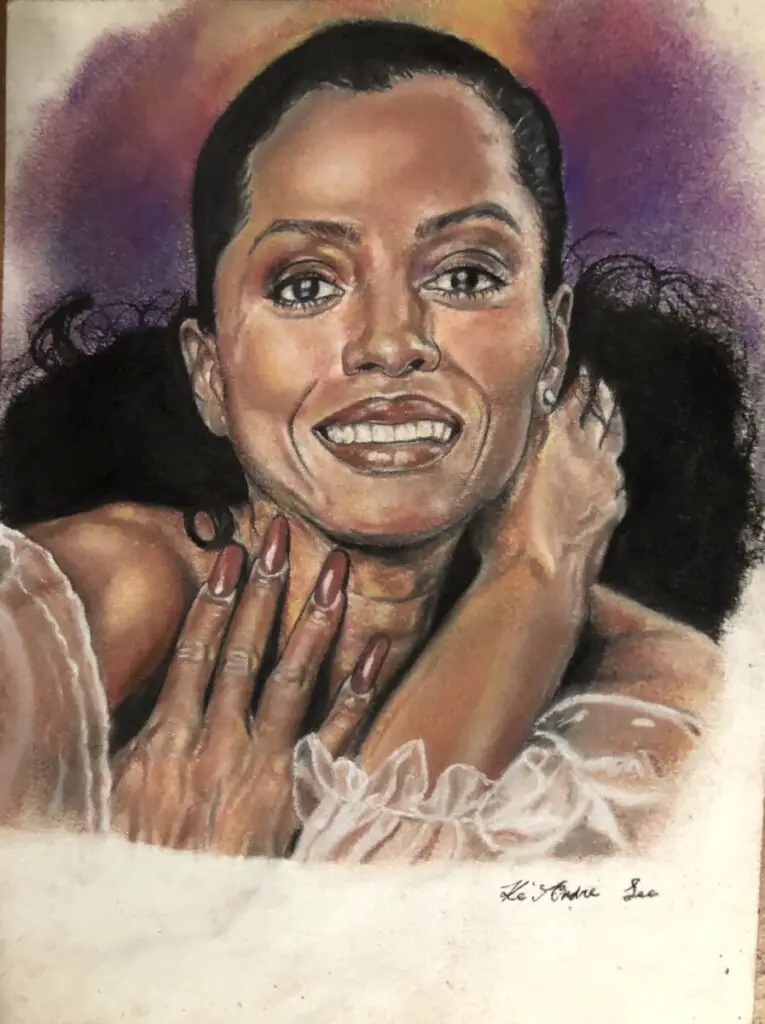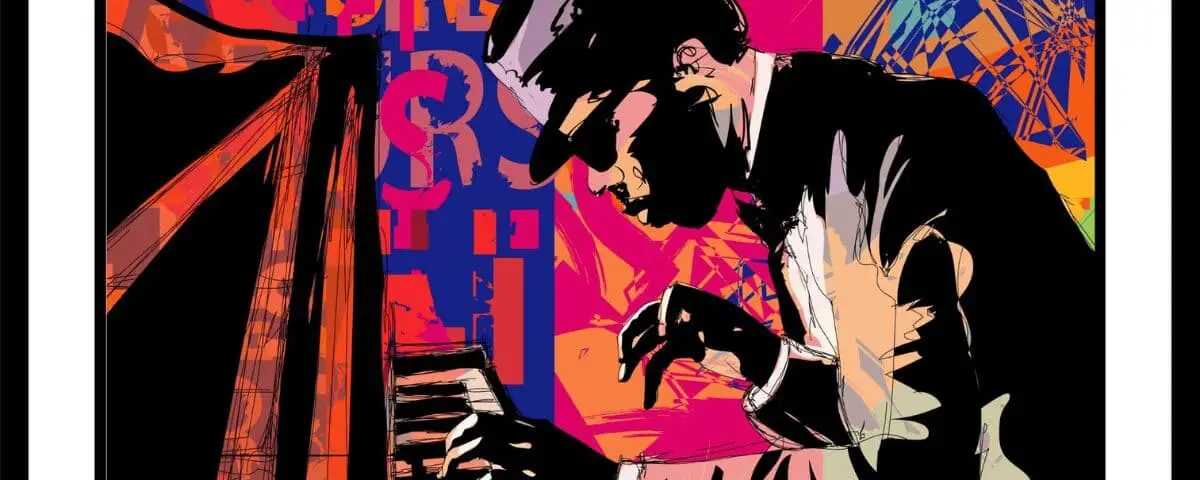Berry Gordy established the Motown record label in 1959 as Motown Record Company (MRC). It was a clever play on Motortown (the nickname for Detroit). Today, when people ask, What kind of music is Motown?, it’s often described as a sound that defines a generation.
Motown music blends R&B, jazz, pop, and soul to create a funky, uptempo sound. Strong bass lines, brass and string instruments, and gospel-style vocals define the music. To describe what kind of music Motown is, it is vital to mention the unique, funky R&B that gave us Gaye, Wonder, and Ross.
The Motown record label is more than an organisation – the Motown sound forever changed the industry’s trajectory. It gave rise to new genres and introduced the world to legendary musical icons. These icons continue to live on through the influence of the Motown sound on the music industry.
Motown: A Blend of Musical Styles
The Motown sound takes its name from the record company started by Berry Gordy.

Gordy and other Motown executives knew how to create a hit. The 110 top tens they produced from 1961 to 1971 evidenced this.
How did Gordy do it?
He did it by developing a unique style that had never been heard before. He took the rhythm and blues style and incorporated other genres to achieve a new sound — the Motown sound.
Gordy’s greatest challenge when he started was reaching the mainstream white audience, as segregation was still in full effect. Because of this, Gordy knew that pop would play a significant role in the success of his music.
So, Berry Gordy and his producers incorporated pop, jazz, and gospel music. They used strong rhythm, layered instruments, and catchy choruses. They used these techniques to instill the songs in the minds of American audiences — and they made it look easy.
How Important were the Funk Brothers to Motown’s Success?
The Funk Brothers brilliant instrumental backing contributed to the popularity, consistency, and success of Motown and the artists who came later. They played on almost every track from the Motown record label’s beginnings until 1971.
So, what kind of music is Motown’s signature sound?
The Funk Brothers gave Motown a consistent sound that other labels didn’t have at the time.
Every Motown hit featured these elements:
- A strong bass line
- Strings and horns
- Sophisticated melodies
- Complex chord progressions
- Pop-style vocals
- Church-influenced chorals
The elements gave the Motown a sound that the world came to know and love.
Gordy and other Motown producers made the sound even better in the studio post-recording. They added one or more of the same instruments to the track. To create a more powerful sound, they doubled up on vocals, and for clean, clear radio play, they upped the treble.
All the effort combined to create a sound that was undeniably Motown.
Motown was Driven by Great Vocal Delivery
Almost every Motown hit featured a lead vocalist with backup singers.
The Supremes with Diana Ross as their lead singer were among a string of Motown’s talented artists.

The lyrical nature of most songs focused on traditional romance or breakups. It rarely touched on controversy (save for the occasional politically charged piece). Motown vocals were polished, suave, and raw. The rawness gave the songs an element of sincerity and passion.
Musicians often recorded tracks with speed under the direction of Motown executives. These executives often experimented with vocal techniques to elicit the desired sound.
Eddie Holland, a Motown songwriter, used one of these tricks with Levi Stubbs (lead vocalist for the Four Tops).
Holland noted that Stubbs had a sound similar to Bob Dylan when performing at the top of his vocal range, and he liked the sound. So, he encouraged Stubbs to use the vocal style while recording Reach Out (I’ll Be There), despite Stubbs’s protests.
The Record Label’s most Well-known Songs
Holland felt that the painful sound behind the vocals gave something extra that people would love — and he was right. Reach Out (I’ll Be There) became one of Motown’s most well-known songs and the Four Tops’ signature tune.
Motown Created its own Style of Music
So, what kind of music is Motown exactly? Well, you could say that it’s Rhythm and Blues — but it’s so much more than that.
The Motown label has consistently produced a sound so authentic and original that it has created its own style. Even Smokey Robinson once explained the Motown sound as something almost otherworldly. He described it as “spiritual,” stating that “it comes from the people that make it happen.”
Final Thoughts
Though Motown Records continues today, the signature Motown sound began fading out around the mid-to-late-1970s. Mainstream audiences began moving toward more Bubblegum Pop musical styles.
Bubblegum pop was a subgenre of pop music and rock ‘n roll that rose to prominence in the late ‘60s and early ‘70s.
Masterclass.com
Despite this, the standard Motown framework — the orchestral sound, funky melodies, and gospel-like delivery — still attracts attention today. And rightfully so. After all, this formula brought us established musical icons, shaped a generation, and inspired new waves of music then and now.
Related Posts
Estimated reading time: 5 minutes

